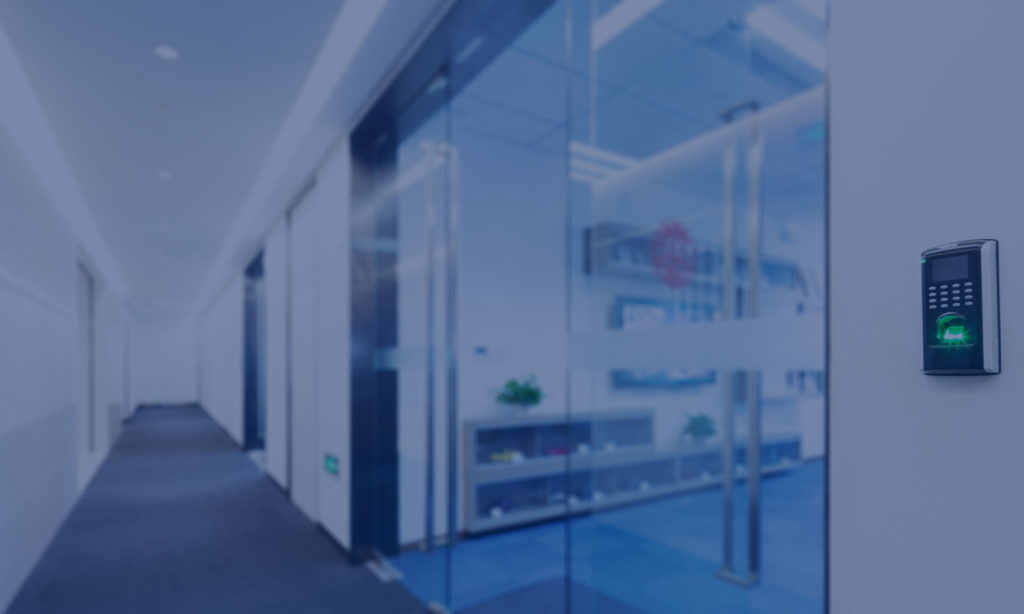For many, physical access control systems (PACS) are a box to be checked. While organizations must have a system in place, PACS are rarely on the top of the wishlist. This unfortunately means that funding for physical security projects is marked low priority, leaving these departments understaffed, under-budgeted, and overwhelmed – and this can lead to tragic consequences. Only when a security incident takes place does physical security get a much-needed injection of funding and attention.
There’s a new leader of the PACS
It’s time to rethink access control. This single system can be a key contributor to the overall security of any organization, enhancing life safety, supporting cyber security, and protecting the business’s bottom line. Advances in technology like artificial intelligence, neural networks, and IoT connectivity have helped create the next generation of physical access control, enabling these systems to provide outsized value to organizations – value that legacy access control systems simply cannot match.
Top 6 Reasons You Should be Considering a Next-Generation PACS
Let’s explore the top six reasons next-generation access control solutions are a critical investment for any organization seeking to modernize their physical security system, build a “smart” facility, or align physical and cyber security. We’ll also briefly look at how a legacy PACS stacks up against these capabilities.
1) Integrated
While legacy systems require security professionals to painstakingly review data across multiple disparate inputs, next-generation access control is fully integrated to enhance efficiency and ease of analysis. This means that all inputs are unified into one common language and view, allowing operators to see a comprehensive picture of factors affecting physical security. A single dashboard displays information and alerts for entry control, video, weather, GPS, social media, HR data, building automation, IoT sensors, and more. Finally, a chance to see it all in one place and how each input relates to another.
2) Proactive
Legacy PACS can only alert you after a security incident has already occurred. A next-generation system can alert you to potential threats before they become incidents, helping you proactively manage risks and avoid steep costs associated with security breaches. Additionally, a next-generation solution doesn’t require human intervention – it supports you by automatically responding to threats.
3) Risk-Adaptive
Legacy systems are static and role-based. In this binary system, personnel either do or don’t have permission for entry at any time, under any circumstance. On the other hand, next-generation systems automatically adjust permissions based on changes in roles, user attributes, behavioral trends, and environmental changes. For example, if a gas leak happens in a building sector, the system can dynamically limit access to emergency personnel only, keeping non-critical staff away from harm.
4) Intelligent
Legacy systems come as they are – there’s no improvement over time. But next-generation systems use neural networks to learn from data and improve security over time. As the system learns what’s normal and abnormal, it can better support your security protocols and act proactively on your behalf to provide early threat alerts and automatically respond to risks.
5) Actionable
Legacy systems leave it up to you when it comes to handling security incidents, but next-generation PACS can provide actionable recommendations for managing security incidents – which may feel like a life-saver in a moment of panic, if not actually helping you to save lives.
6) Customizable
Legacy PACS are easiest to use right “out of the box.” Customizations that shape the system to fit your specific needs can be technically difficult to achieve and prohibitively expensive. With a next-generation PACS, programming custom risk-profiles and policies is easy enough for security operators to accomplish by themselves.
Far from flashy new features, these benefits make meaningful enhancements to life safety and streamline your physical security practice, allowing security personnel to focus on other activities of high strategic value.
This infographic summarizes the top six reasons it’s time to consider next-generation access control. Use this as a reminder of the importance of upgrading your PACS from a legacy system and share with stakeholders within your business to make the case for investing in next-generation access control.
To learn more about the need for modern access control, visit reconasense.com or reach out to us directly.
